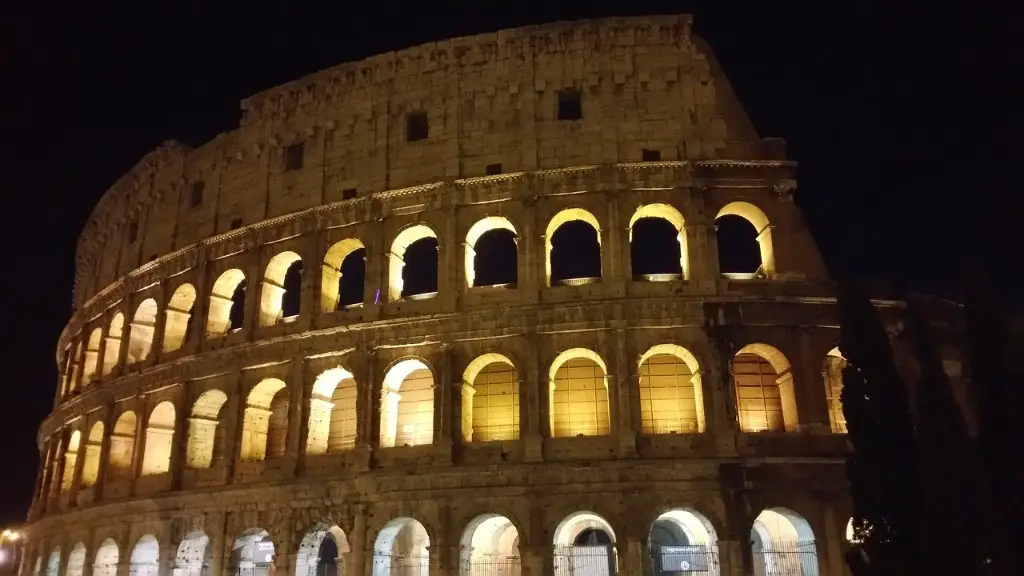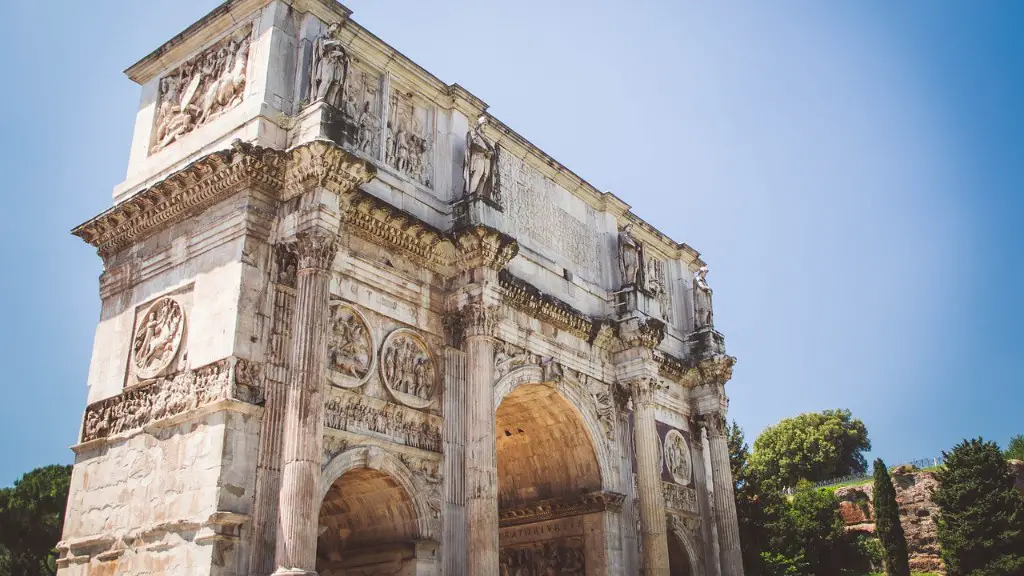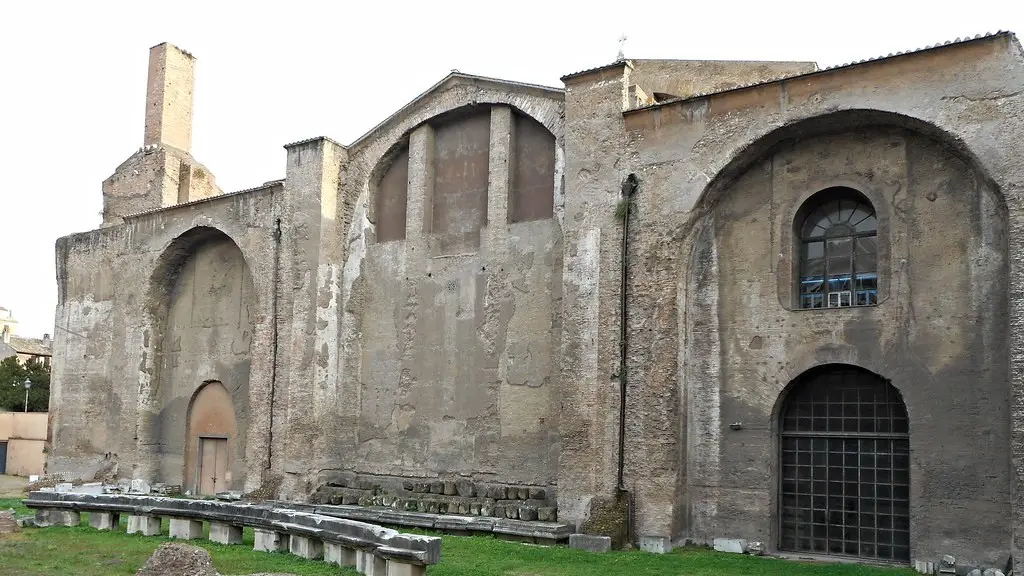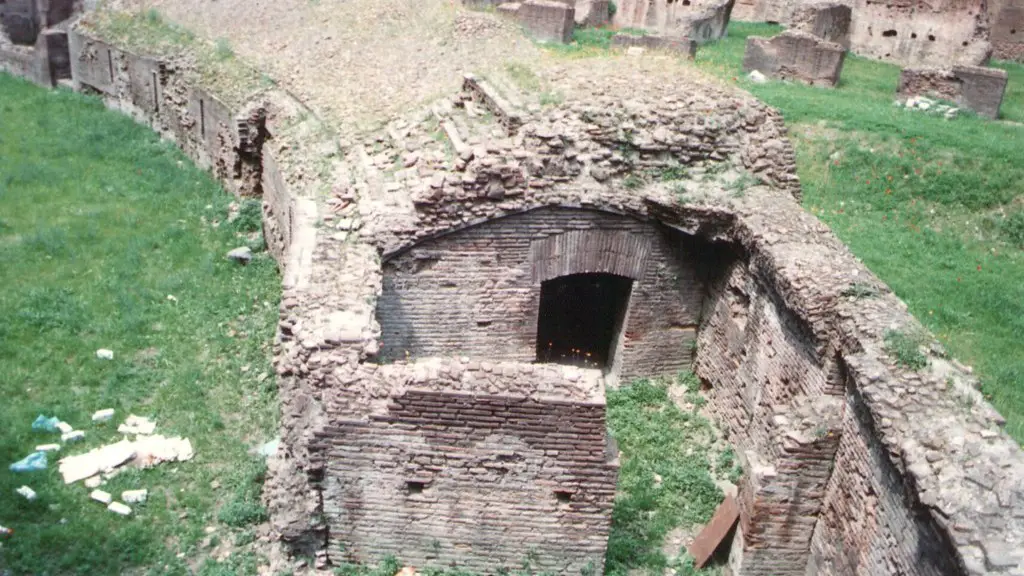The wealthy upper class of ancient Rome lived a life of luxury that most people today would find unimaginable. They had dozens of slaves to do their every bidding, enormous homes with marble floors and columns, and sumptuous feasts with the finest foods and wine. Even their clothes were a far cry from the simple togas of the common people, being made of the finest fabrics and adorned with jewels. In short, the wealthy ancient Romans lived lives of unbelievable opulence and luxury.
The wealthy lived in large villas with many rooms and plenty of servants. They would have had a large dining room for entertaining guests, as well as a number of bedrooms and bathrooms. Their homes would have been decorated with paintings and sculptures, and they would have had a large collection of expensive household items. The wealthy would have also owned a number of slaves, who would have been responsible for taking care of the household and performing all sorts of tasks for their masters.
How did the rich and poor live in ancient Rome?
If you were richer, you would live in a larger home called a domus. These usually had many rooms off an atrium, which was a room in the center of the house with an open roof. Poor Romans who lived in the countryside would live in shacks or cottages, while rich Romans would live in large, sprawling villas.
Wealthy Romans enjoyed a life of luxury in contrast to the average Roman. They lived in large, comfortable homes in the countryside and spent their time going to the theater and enjoying themselves. They also held fancy dinner parties.
What were Roman homes for the wealthy like
The Roman villa of a wealthy family was often much larger and more comfortable than their city home. They had multiple rooms including servants’ quarters, courtyards, baths, pools, storage rooms, exercise rooms, and gardens. They also had modern comforts such as indoor plumbing and heated floors. This made the villa a perfect place to retreat from the heat and bustle of the city.
The patricians were the upper class in early Roman society. They controlled the best land and made up the majority of the Roman senate. The word patrician comes from the Latin word for father, patres. The patricians were originally the fathers of the Roman state. They were the landowners and the wealthy. Over time, the patricians came to be the rulers of Rome.
What were rich people in Rome called?
The early Roman Republic was dominated by the aristocracy, or wealthy class. In Roman society, the aristocrats were known as patricians. The highest positions in the government were held by two consuls, or leaders, who ruled the Roman Republic. A senate composed of patricians elected these consuls.
Despite being the richest city in a massive empire, many of Rome’s homeless slept under the stairs of insulae, apartment blocks that could rise to 70 feet. Some slept between the columns of porticoes or along the Tiber.
What jobs did rich Romans have?
There were three main types of jobs in Ancient Rome: lawyers, teachers, and engineers. The more educated a person was, the more likely they were to get one of these jobs. The government of Ancient Rome was huge, and there were all sorts of government jobs available, from tax collectors and clerks to high ranking positions like Senators. The Senators were the wealthy and the powerful.
The temples were the first banks in Rome and they were located in the temples. They would charge interest on loans, exchange money, and track their finances through written records. The temples were trusted by the upper class of Rome to protect and hold their wealth.
Did wealthy Romans have slaves
The status of slaves in Roman society was highly variable, depending on their origins, skills, and the whims of their owners. For many of the Roman elite, however, slaves were a status symbol, and the more one had, the better. Wealthy Romans often appeared in public accompanied by an entourage of as many as 15 slaves. Exotic slaves, in particular, were prized as symbols of wealth and power.
The largest class in the Roman Empire lived in poverty despite the riches of the empire. Roman children wore pendants called bullas, from the Latin word for “bubble,” around their necks. The wealthy wore bullas made of gold, while a typical plebeian bulla was made of leather.
Where did rich Romans live where did the poor live?
Many rich Romans also owned opulent residences in the countryside, called ‘Villa’ Insulae. Insulae were apartments used by poor Roman citizens for housing They were normally five to seven stories high. The rich Romans would use these apartments as a place to escape the hustle and bustle of the city. The apartments were typically located on an island, which made them even more exclusive and expensive.
Marble revetment was a popular way to decorate the walls of Roman houses. Thin panels of marble of various colors were mortared to the wall, creating a decorative and elegant look.
How did middle class Romans live
Most early patricians lived in villas and townhouses featuring central courtyards, while lower and middle class Romans rented apartments in buildings called insulae. These buildings generally had three or four stories, with poor families often having to share a room on the top floors. While this socioeconomic divide was certainly present in Roman society, it is worth noting that even the poorest citizens had access to basic amenities like food, water, and shelter.
Marcus Licinius Crassus was a wealthy Roman general and politician who played a key role in the transformation of the Roman Republic into the Roman Empire. He was known for his great wealth, and is often referred to as “the richest man in Rome.” Crassus was a vigorous and ambitious man, who was determined to increase his power and influence. He was a skilled politician and military commander, and was able to use his wealth to buy influence and support. Crassus was a key player in the conflict between Caesar and Pompey, and he famously died during the Battle of Carrhae.
Was education in Rome only for the wealthy?
The Roman education system was based on the classical Greek tradition, but it was infused with Roman politics, cosmology, and religious beliefs. The only children who received a formal education were the children of the rich. The very rich families employed a private tutor to teach their children.
A domus was a typical wealthy Roman house built around an unroofed courtyard, or atrium. The atrium acted as the reception and living area, while the house around it contained the kitchen, lavatory, bedrooms (cubuculi) and dining room, or triclinium.
The three main classes in ancient Rome were citizens, noncitizens, and slaves. Each class had its own specific rights and obligations. Records were kept of each class, and being wealthy was often not enough to move up through the classes.
Augustus Caesar was potentially the richest man of all time. He was the first emperor of the Roman Empire and valued at a rough estimate of $46 trillion in today’s dollars. He personally owned a fifth of the wealth of an empire that accounted for about 30% of the gross domestic product of the whole world.
Warp Up
The wealthy lived in relative opulence compared to the general population of ancient Rome. They had large houses with many rooms, servants to take care of their every need, and access to the best food, wine, and other luxuries. While the average Roman citizen struggled to make ends meet, the wealthy lived in a world of comfort and excess.
The wealthy elites of ancient Rome lived extravagantly compared to the average Roman citizen. They would have maidservants, cooks, slaves to do manual labor, and often entertain lavishly. The homes of the wealthy would be decorated with expensive art and they would wear the finest clothes. Many of the wealthy would have their own private baths and would take part in public baths as well. They would also have access to the best food and wine.





